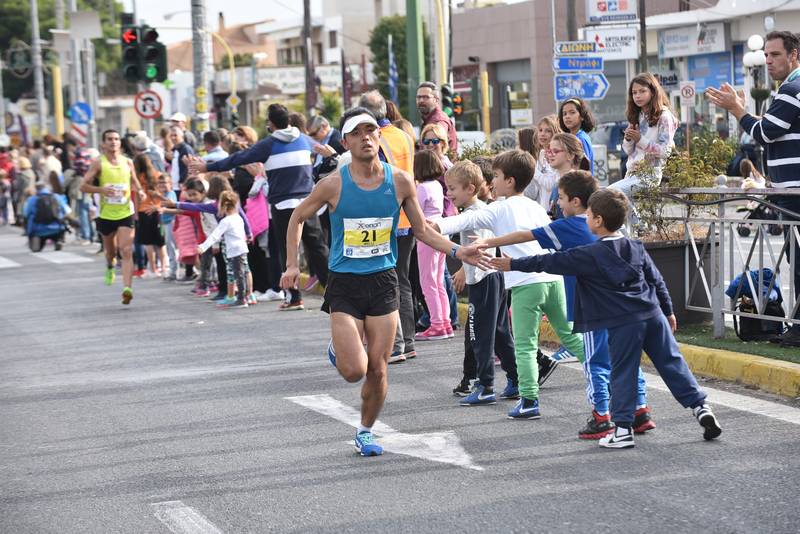Marathon Training; 13 top tips for successful marathon training

How to pace yourself during a marathon
Pacing yourself during marathons is a skill that improves with experience, and it is important to learn from both successful and challenging race experiences to help you improve. Practicing pacing during training runs is essential for improving your ability to maintain a consistent and appropriate pace during races.
In collaboration with England Athletics, here are some effective methods to help improve your pacing…
- Use a GPS Watch: A GPS watch can provide real-time feedback on your pace, distance, and time. Set your watch to display your current pace and use it to monitor your speed during different segments of your run.
- Track Workouts: Incorporate track workouts into your training routine. These workouts involve running specific distances or intervals at targeted paces. For example, you might run 400 meters at a faster pace followed by a recovery jog, then repeat the cycle.
- Tempo Runs: Tempo runs involve running at a comfortably hard pace that you can sustain for an extended period. This helps you develop a sense of pacing while running at a consistent effort level.
- Progressive Runs: Start your run at an easy pace and gradually increase your speed throughout the run. This helps you practice negative splits and builds mental and physical endurance.
- Pacing Partners: Run with a training partner who shares a similar pace goal. Hold each other accountable and help each other stay on track during workouts.
- Time Trials: Occasionally, run time trials over a set distance, such as a mile or 5k. This gives you a chance to gauge your current fitness level and practice pacing for specific race distances.

- Perceived Effort: Train yourself to gauge your pace based on perceived effort rather than relying solely on technology. Use the “talk test” – if you can comfortably hold a conversation while running, you’re likely at an appropriate pace.
- Hill Repeats: Running uphill and downhill forces you to adjust your pace naturally. Focus on maintaining effort level on the uphill and controlling your speed on the downhill.
- Pacing Drills: Set up markers at different distances along your route and practice hitting specific time goals for each segment. This helps you fine-tune your pacing skills.
- Rhythm Breathing: Coordinate your breathing with your steps to establish a rhythm. For example, you might inhale for three steps and exhale for two. This can help maintain a steady pace.
- Mental Pacing Games: Challenge yourself to run a certain distance in a specific time, then check your actual time against your estimate. This mental game improves your ability to gauge your pace.
- Listen to Your Body: Pay attention to how your body feels during different paces. Notice your breathing, muscle fatigue, and overall comfort level. Over time, you’ll develop a better sense of appropriate pacing.
- Practice on Different Terrains: Train on a variety of terrains, including flat roads, hills, and trails. This helps you adjust your pace based on the demands of the course.

Be patient with yourself and make pacing practice a consistent part of your training routine. As you gain experience, you’ll become more adept at gauging your effort and maintaining a steady pace, leading to better race performances.
Remember, pacing is a skill that takes time to develop!